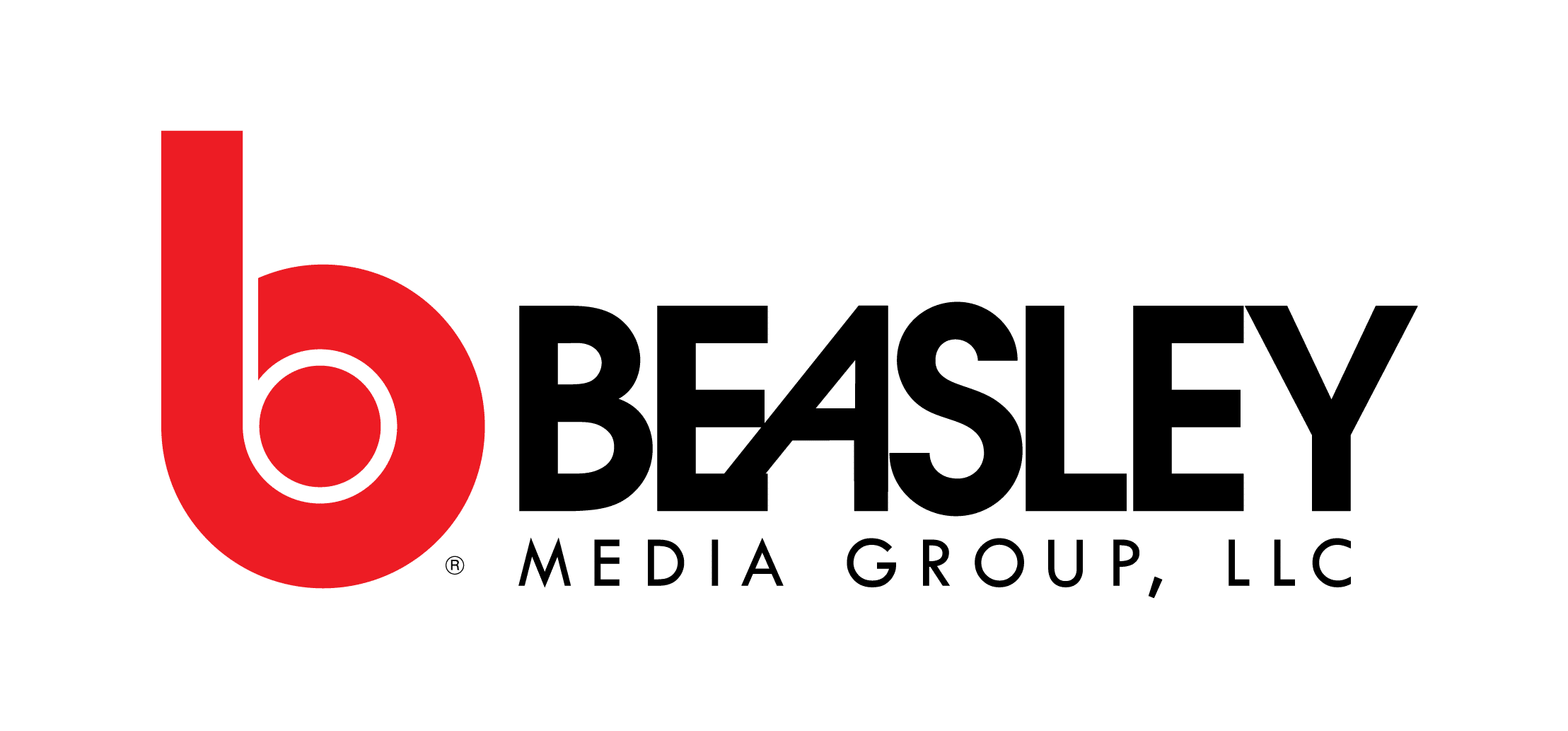(By Bob McCurdy) Several days ago there was a panel in NYC during Advertising Week that focused on the impact of audio on the human mind. Pranav Yadav, CEO at market research company Neuro-Insight U.S. and an extremely smart man, was quoted as saying, “Audio is ‘unique’ among media. While people can close their eyes or divert their focus away from a video message, they can’t turn their ears off. Just as important, radio can foster theater of the mind, allowing consumers to create their own visuals that can make the content more relatable. The visuals that you’re getting are ones you’re creating yourself based on your own imagination.”
This last sentence highlights why radio was the first fully addressable medium, even before digital, as we all process what we hear uniquely based upon our own personal experiences. Examples of this would be the unique images that each of us conjure up when we hear the words “home,” “mother,” “huge,” “office,” “boss” etc. The fact is that the spoken word or audio alone, without the benefit of any visual stimuli, is fully capable of activating Brodmann’s area 18 and 19, the so-called visual portion of our brain, otherwise known as our “mind’s eye.”
The theatre of the mind is also at play when we laugh at a joke or funny story. What causes us to laugh? The speaker’s delivery? Possibly. The setup? Maybe. But, more than likely, it was because we were able to “visualize” the scenario described.
We’ve all muttered at some point, “I could just picture that.” And whether we were conscious of it or not, we all experienced firsthand our ability to generate pictures — not on paper, canvas, or screens, but in our mind based upon what entered our ears.
Our brain is the world’s most powerful screen, and our memories are largely comprised of pictures. We daydream, recall, and reflect largely in pictures. And the spoken word or audio often triggers these pictures, all without the benefit of a single pixel. The best part is that these “pictures” can’t be fast-forwarded, DVR’d, turned off, or — more importantly — completely ignored.
We’ve seen the theatre of the mind demonstrated in the past in several Katz studies. Respondents were asked to jot down what popped into their heads after exposure to an audio clip, such as Taco Bell’s “bong” sound or the Gecko’s voice. They provided surprisingly vivid descriptions of the advertisers’ products/mascots after exposure to only a few seconds of an audio clip, some of which included only a word or two, with others containing only music.
To better appreciate the human mind’s ability to generate pictures, try closing your eyes during a TV commercial break or even leave the room and just listen (that’s how a considerable amount of television advertising is experienced these days anyway), asking yourself a couple of questions:
– What popped into my head based upon what I just heard?
– What mental images did I just experience?
Give this imagery transfer exercise a shot, you might surprise yourself at what you “see.”
Yadav also said something extremely perceptive on the panel when he said, “This is perhaps why some movie adaptations of celebrated books fail — what you see on screen is very different from what you’d imagined.” When we read we actually listen (to ourselves), and whenever we listen we conjure up personal images based on our own experience/interpretation; and when a book is made into a movie, the images on the screen often won’t jibe with the images that we conjured up in our minds while reading. This doesn’t and can’t occur with a radio commercial, as every image is uniquely our own.
When Bill Ludwig was Chairman & CEO of Campbell Ewald, he said, “Radio can be used to position and target, to demonstrate and even display.” Display? Yep, when used properly with the right creative, radio can be the most visual of all media.
Bob McCurdy is Vice President of Sales for the Beasley Media Group.
This article was previously featured in Radio Ink


